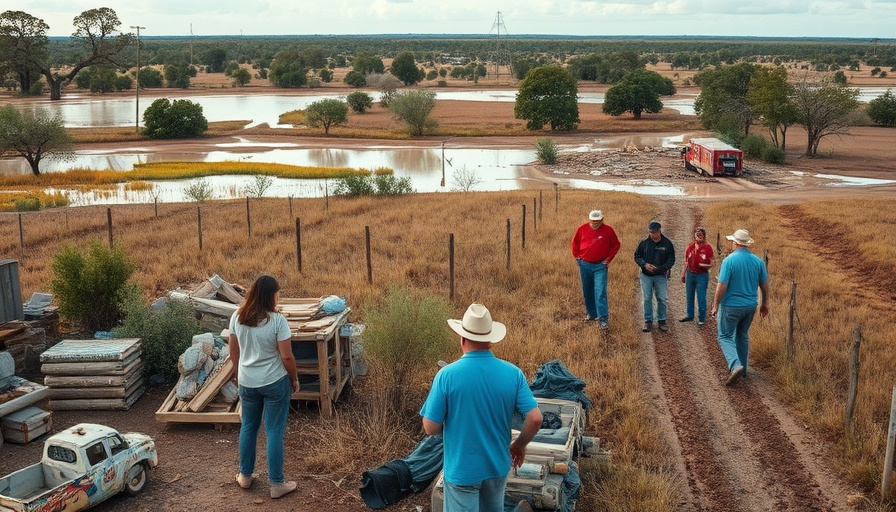
Devastation in Kerr County: The Aftermath of July Fourth Floods
The beautiful but treacherous waters of the Guadalupe River turned deadly over the July Fourth holiday weekend. As the floodwaters rose, they brought with them an overwhelming tragedy—132 confirmed deaths and at least 101 individuals still unaccounted for. This catastrophic event has left the community grappling with grief and uncertainty, as officials conduct search and recovery efforts that may stretch for months.
Challenges in Identifying the Missing
One of the most troubling aspects of this disaster is the difficulty in determining the exact number of those missing. Many victims were transient visitors enjoying the holiday festivities, leading to challenges in tracking who was present at the time of the flood. Governor Greg Abbott remarked on this issue, noting that most of the individuals currently missing did not check into hotels or campsites, complicating identification efforts. "There was no record of them logging in anywhere," Abbott stated, emphasizing the significant hurdles ahead for recovery teams.
The Community’s Response and Resilience
In the wake of this tragedy, local law enforcement and volunteers have been working tirelessly to sift through debris, searching for any clues that could lead to missing loved ones. The overwhelming response from the community highlights the strength of human spirit and the willingness to support one another amidst devastation. As recovery teams scour ravaged areas, they are determined not only to find those still missing but also to assist families starting the healing process.
A Look Ahead: Recovery and Recovery Challenges
Kerr County Sheriff Larry Leitha expressed uncertainty about the duration of the search operations, indicating that efforts could take up to six months. This timeline presents both logistical challenges and emotional hurdles for families awaiting news. The process of recovery is unlikely to be linear, with many families facing prolonged periods of uncertainty.
Political Implications: Shifting Focus to Disaster Preparedness
As Texas sees increased weather-related disasters, public officials are urged to reconsider strategies surrounding emergency preparedness and community resilience. Reports indicating widespread confusion post-disaster showcase a pressing need for improved communication and accountability. Local leaders, including Kerr County Judge Rob Kelly, have acknowledged the difficulties in providing accurate updates and establishing systems for better tracking of missing individuals in future emergencies.
Importance of Community Support: Healing Together
In moments of strife, the healing begins within the community. The outpouring of aid—be it in the form of organized cleanup efforts, supportive messaging, or direct assistance to affected families—will contribute significantly to the road to recovery. Understanding and supporting one another during this critical time can foster a stronger community bond, as Texas has always exhibited resilience in the face of challenges.
Key Takeaways: Lessons Learned from the Flood
- The importance of registration for visitors in reducing uncertainty after disasters
- Strengthening communication strategies among local authorities
- The significance of community solidarity in recovery efforts
As Texas moves forward from this tragic chapter, it highlights both the perennial risks posed by natural disasters and the vital role played by community engagement and preparedness. While the days ahead will be markedly difficult, they also present opportunities for growth and learning.
Let us stand together to support each other as we navigate the recovery from one of the most devastating floods Texas has faced.
 Add Element
Add Element  Add Row
Add Row 



Write A Comment